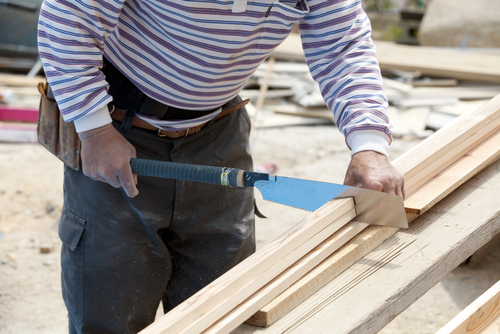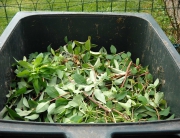The Japanese Hand Saw…A helpful woodworking tool that you may not have heard of.
If you are interested in woodworking, you may want to pick up a Japanese hand saw, or nokogiri. Unlike traditional European/American hand saws, the Japanese hand saw cuts on the pull stroke, rather than on the push stroke. This leaves a narrower cut width, a.k.a. “kerf”. When you are using a Japanese saw, the pulling motion “pulls” the blade straight, which eliminates “bowing”, and really helps to improve your accuracy when you are making precision cuts.
There are several types of Japanese saws to choose from. It is generally agreed that the most useful general-purpose type is the ryobi, which has teeth on both sides of the blade. The dozuki, another type of saw, is the thinnest and has the finest teeth, so it is good for fine-detail work. There are a number of other types available as well.
How to Use the Japanese Hand Saw: The sawing motion is different from what you might normally be accustomed to with a Western-type hand saw. The trick to making a successful cut with a Japanese hand saw is to start off with the base of the blade against the stock, and then pull in a semi-downward motion, with the blade angled against the stock. Make steady, gentle cuts, eventually moving to a more horizontal positioning. You should not have to, nor should you apply too much pressure.
Care of the Japanese Hand Saw: The blade will be made of stainless steel, so do not allow it to be exposed to water for long periods of time. If you are not going to use your saw for a while, oil it. And finally, treat the saw gently, and you should get a long life and some great woodworking out of your Japanese saw, without having to change the blade very often at all.
by See Jane Drill, Copyright 2014, All Rights Reserved







Leave A Comment